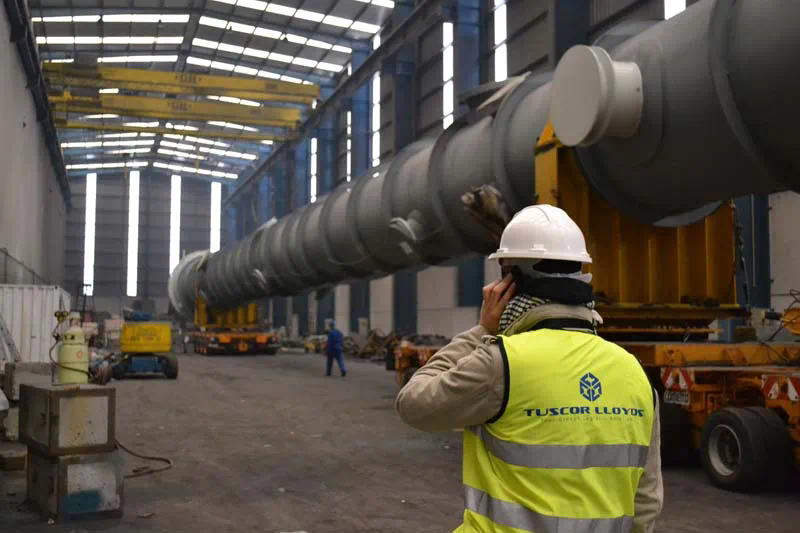Comparison between glass lined reactor and stainless steel reactor
In the realm of chemical engineering and industrial processes, selecting the right type of reactor is crucial for ensuring efficiency, safety, and product quality. Two commonly used types of reactors are glass-lined reactors and stainless steel reactors. Each has its distinct advantages and considerations, making them suitable for different applications depending on factors such as chemical compatibility, operating conditions, and cost-effectiveness.
Glass-Lined Reactors
Glass-lined reactors are renowned for their robust construction and corrosion resistance, particularly against acidic and alkaline substances. These reactors typically consist of a carbon steel body with a glass lining fused to the interior walls. This glass lining is usually composed of a vitreous material such as enamel, which provides a smooth, non-reactive surface that inhibits contamination and facilitates easy cleaning.
Construction and Design
Glass-lined reactors are engineered to withstand thermal and mechanical shock, making them suitable for processes involving rapid temperature changes and agitation. The glass lining enhances the reactor’s durability while maintaining purity in sensitive processes like pharmaceutical manufacturing and food processing.
Applications
Glass-lined reactors find widespread use in industries where product purity and corrosion resistance are paramount. They are favored for processes involving acids, alkalis, and other corrosive materials due to their inert and non-reactive nature. Typical applications include chemical synthesis, pharmaceutical production, and specialty chemical manufacturing.
Advantages
1. Corrosion Resistance: Excellent resistance to corrosive chemicals, minimizing contamination and ensuring product purity.
2. Easy Cleaning: Smooth glass surface allows for straightforward cleaning and sterilization procedures.
3. Thermal Shock Resistance: Can withstand rapid temperature changes without compromising structural integrity.
4. Cost-Effectiveness: Generally more cost-effective than exotic metal alloys for corrosive applications.
Stainless Steel Reactors
Stainless steel reactors are valued for their strength, durability, and versatility across a wide range of industrial applications. These reactors are typically constructed from stainless steel alloys such as 304 or 316 stainless steel, known for their high resistance to corrosion and oxidation.
Construction and Design
Stainless steel reactors can be fabricated in various configurations, including jacketed designs for heating or cooling applications. The material’s mechanical glass lined reactor applications properties make it suitable for high-pressure operations and rigorous manufacturing environments.
Applications
Stainless steel reactors are employed in diverse industries ranging from petrochemicals to food and beverage production. They are favored for their durability, hygienic properties, and ability to withstand harsh operating conditions.
Advantages
1. Strength and Durability: High mechanical strength and durability ensure long-term performance under demanding conditions.
2. Versatility: Can be customized with different alloy compositions and surface finishes to meet specific process requirements.
3. Hygienic Properties: Smooth surfaces are easy to clean and sanitize, crucial for industries like pharmaceuticals and biotechnology.

4. Temperature Control: Jacketed designs allow for precise temperature control during reactions involving heat-sensitive materials.
Considerations for Selection

When choosing between a glass-lined reactor and a stainless steel reactor, several factors should be considered:
– Chemical Compatibility: Evaluate the reactor’s compatibility with the chemicals and substances used in your process to prevent corrosion and contamination.
– Operating Conditions: Consider factors such as temperature, pressure, and agitation requirements to ensure the reactor can withstand the intended operating conditions.
– Maintenance Requirements: Assess the ease of cleaning, maintenance costs, and downtime associated with each reactor type to optimize operational efficiency.
– Cost Considerations: Compare initial investment costs, maintenance expenses, and lifecycle costs to determine the most cost-effective option for your application.
Conclusion
Both glass-lined reactors and stainless steel reactors offer distinct advantages depending on the specific requirements of your industrial process. Glass-lined reactors excel in applications where corrosion resistance and product purity are critical, while stainless steel reactors are valued for their strength, durability, and versatility across a wide range of industries. By carefully evaluating factors such as chemical compatibility, operating conditions, and cost considerations, engineers and operators can make informed decisions to maximize efficiency and safety in their manufacturing processes.
In conclusion, the glass lined reactor spark test choice between a glass-lined reactor and a stainless steel reactor ultimately hinges on a thorough assessment of your unique process requirements and operational objectives.
https://supplychaininterview.com/